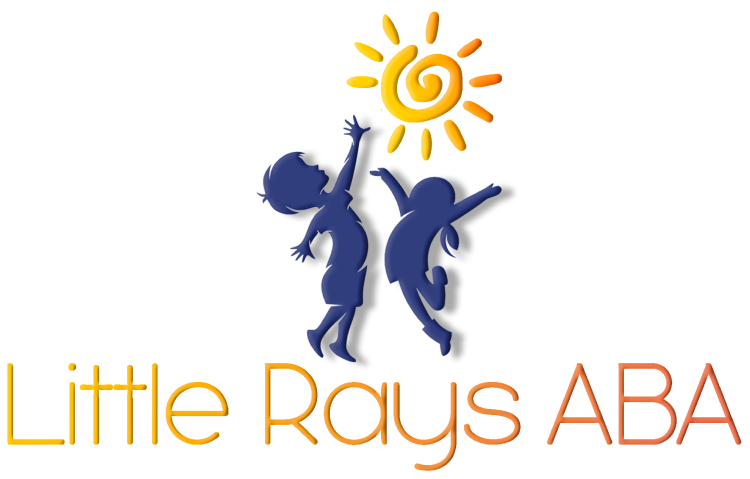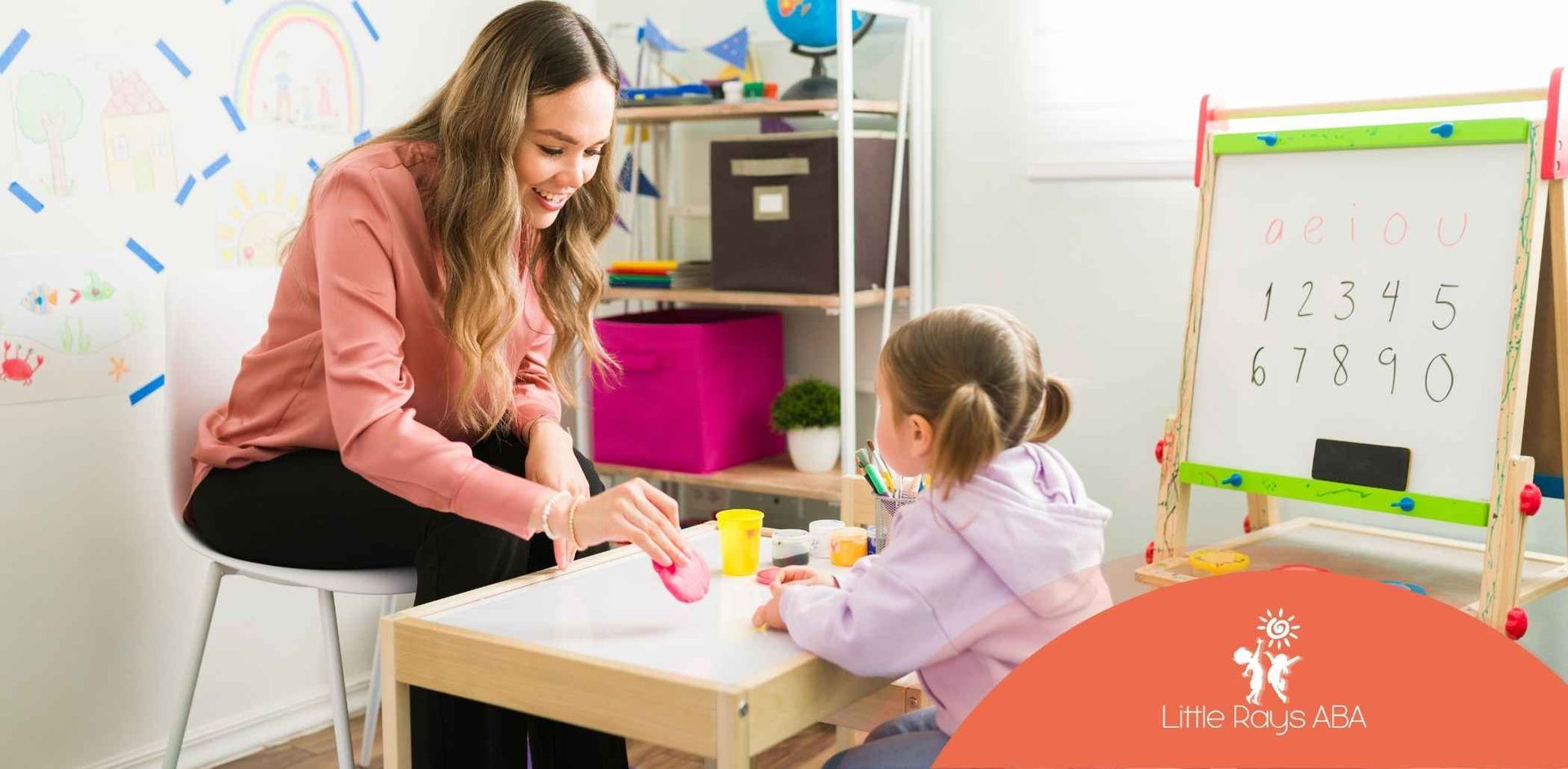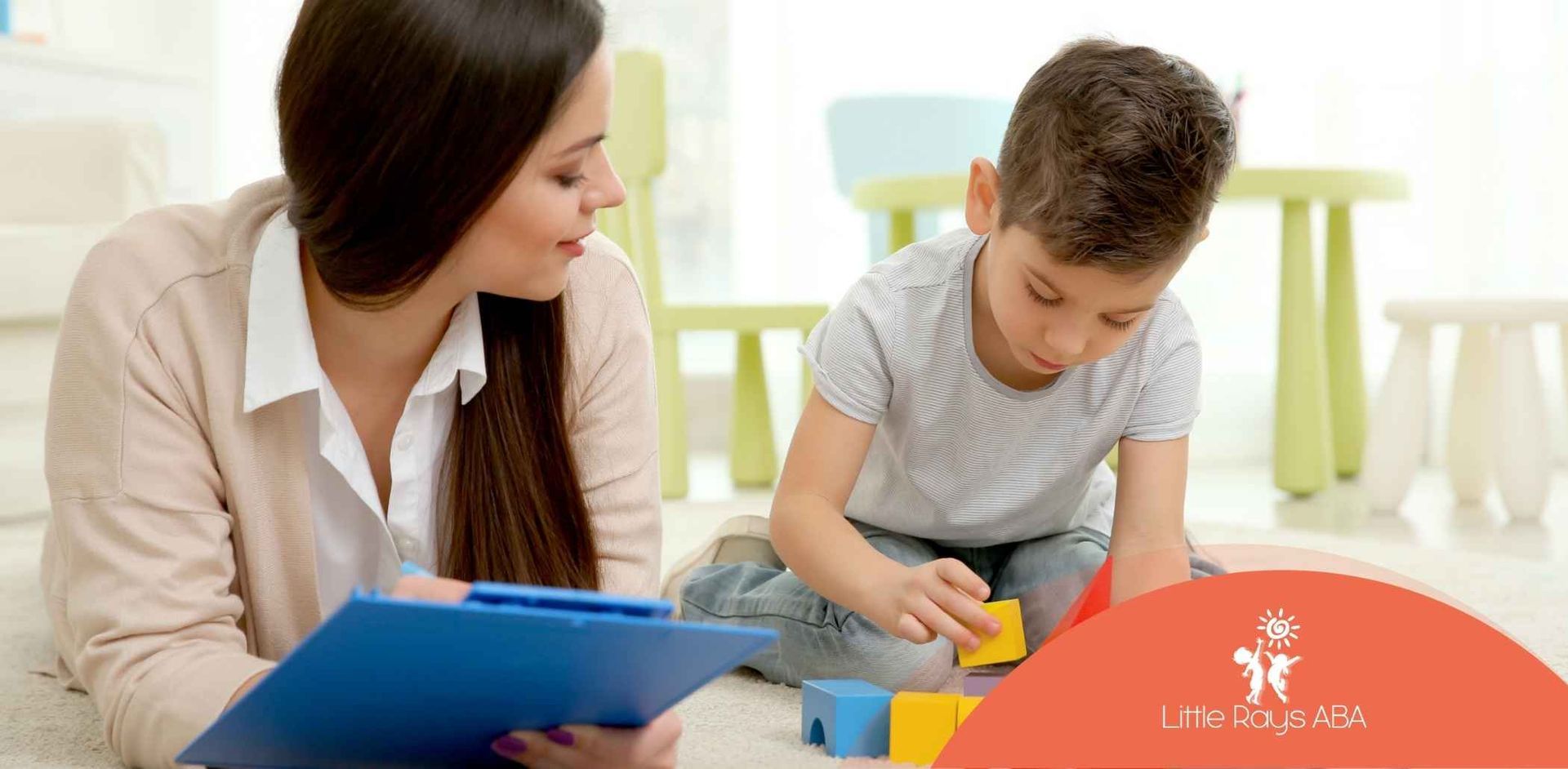
A Clear Look at the Autism Spectrum Wheel for Better Awareness
The autism spectrum wheel is a dynamic visual tool designed to map the complex traits and experiences associated with autism spectrum disorder. By breaking down core characteristics into interlocking sections, it offers a person-centered profile that moves beyond a simple linear spectrum. Educators, therapists, family members, and individuals with ASD can use this framework to gain a holistic understanding of strengths, challenges, and support needs.
In this article, readers will discover the origins and structure of the autism spectrum wheel, explore each key domain, learn practical ways to apply the model in educational and therapeutic settings, and consider its benefits and limitations for fostering awareness and inclusion.
Understanding the Autism Spectrum Wheel
Origins And Conceptual Framework
The autism spectrum wheel emerged as an innovative alternative to linear models of autism. Developed by Dr. Luke Beardon in 2020, it uses a pie-chart motif with multiple interlocking rings to represent different domains of ASD traits. Each ring captures a layer of functioning from core social and communication skills to sensory experiences and co-occurring conditions.
By visualizing traits in concentric circles, the model emphasizes that no two individuals share the same profile. Instead of labeling someone as “more” or “less” autistic, it highlights the unique interplay of abilities and challenges across dimensions.
Moving Beyond Linear Models
Traditional spectrum charts often place individuals on a single continuum, implying a graded scale from mild to severe. The wheel rejects this oversimplification. It recognizes that someone may excel in visual thinking while needing substantial support with eye contact or sensory integration.
A comparison table illustrates key differences:
| Feature | Linear Spectrum Model | Autism Spectrum Wheel |
|---|---|---|
| Representation | Single continuum from low to high | Multiple interlocking domains |
| Individual Profile | One-dimensional score | Multi-dimensional visual map |
| Support Recommendations | Generalized by severity level | Tailored by unique trait combinations |
| Emphasis | Degree of autism | Strengths, challenges, and context |
Exploring Key Wheel Sections
Communication And Social Interaction
This domain covers both verbal and nonverbal skills, understanding of social cues, and relationship building. Abilities can range widely among individuals with autism.
Variations In Verbal Skills
Some individuals develop fluent speech, while others rely on alternative communication such as picture exchange systems or sign language. Speech patterns may include echolalia (repeating phrases) or scripting, which can serve as processing tools.
Reading Social Cues
Interpreting body language, facial expressions, and tone of voice can present challenges. Difficulty initiating or sustaining conversations may coexist with strong interests in specific topics, making peer interactions uneven.
Repetitive Behaviors And Restricted Interests
Self-regulation and intense focus often manifest as repetitive actions and unwavering interests.
Self Regulation Mechanisms
Behaviors like hand-flapping, rocking, or tapping (known as stimming) help individuals manage sensory overload and emotional states. Recognizing these as coping strategies rather than distractors promotes empathy.
Special Interests
A deep passion for trains, astronomy, or coding can become a source of joy, learning, and social connection. Educators and therapists can leverage these interests to motivate skill development.
Sensory Processing Differences
Sensory experiences influence daily life, with some individuals hypersensitive to stimuli and others hyposensitive in certain modalities.
Hypersensitivity Vs Hyposensitivity
- Hypersensitive individuals may find bright lights, loud noises, or certain textures overwhelming.
- Hyposensitive individuals might seek sensory input, enjoying strong pressure, movement, or deep touch.
Strategies For Regulation
Practical supports include noise-reducing headphones, sensory diets (planned sensory activities), and calm-down zones. Personalizing interventions based on each person’s profile enhances comfort and focus.
Cognitive And Learning Abilities
Autistic individuals display a range of cognitive strengths and challenges, which informs tailored learning approaches.
Strengths In Visual Thinking
Many excel at pattern recognition, puzzles, and visual-spatial tasks. Well-structured visual supports such as schedules or flowcharts can boost understanding and independence.
Executive Function Challenges
Planning, organization, and flexible thinking may require explicit teaching and environmental supports. Breaking tasks into smaller steps and using timers can help with initiation and completion.
Applying The Wheel In Practice
Individual Assessment Profiles
Mapping an individual’s traits on the wheel creates a clear, personalized snapshot that guides support planning.
Visual Mapping Techniques
Practitioners can use digital tools or printable templates to plot trait intensity around each spoke. Color-coding, such as red for high support needs and green for strengths offers instant clarity.
Color Coding Severity Levels
- Green:
Strength or minimal support needed
- Yellow: Moderate challenges requiring some accommodations
- Red: High support needs for daily tasks
Educational Planning And Support
Schools can integrate the wheel into Individualized Education Program (IEP) development and classroom strategies.
Tailoring Classroom Strategies
Using wheel profiles, teachers can adapt instruction by incorporating visual prompts, structured routines, and sensory breaks aligned with each student’s unique needs.
Collaborative IEP Development
Sharing the wheel map with families, therapists, and specialists fosters a unified understanding of goals and accommodations, ensuring consistency across settings.
Therapeutic Interventions
Clinicians use the wheel to design targeted therapies that reflect each person’s multidimensional profile.
ABA Therapy Applications
Applied Behavior Analysis (ABA) techniques address specific domains, such as social skills or self-regulation, based on wheel insights. For example, ABA strategies might focus on reducing aggressive behaviors identified in the sensory processing section.
Person Centered Planning
Involving individuals with autism in mapping their own wheel encourages self-advocacy. They can articulate which areas they find challenging and identify preferred supports.
Benefits And Limitations
Strengths Of The Autism Wheel
- Holistic View:
Captures a spectrum of traits and support needs.
- Person-Centered:
Emphasizes individuality rather than labels.
- Practical Guidance:
Informs tailored interventions in education and therapy.
- Promotes Strengths: Highlights areas of aptitude alongside challenges.
Potential Challenges
- Complexity:
Multiple rings and spokes may feel overwhelming without guidance.
- Standardization: No single agreed-upon template, leading to variations across practitioners.
- Training Needs: Effective use requires familiarity with sensory, cognitive, and behavioral frameworks.
Fostering Awareness And Acceptance
Promoting Neurodiversity
By presenting autism as a constellation of traits rather than a deficit, the wheel supports a neurodiversity perspective. It encourages recognition of varied thinking styles as valuable contributions to society.
Family And Community Engagement
Sharing a wheel profile with relatives, peers, and support networks builds empathy and clarity. Families can use the visual map to explain needs at home, while community programs can adapt environments for greater inclusion.
Conclusion
The autism spectrum wheel offers a nuanced, multi-dimensional approach to understanding ASD. By breaking traits into interlocking domains, like communication, behaviors, sensory processing, and cognition, it empowers educators, therapists, families, and individuals on the spectrum to create personalized support strategies. While navigating the wheel’s complexity may require training, its person-centered design underscores the unique profile of every individual with autism. Embracing this model can lead to more effective interventions, stronger self-advocacy, and a deeper appreciation of neurodiversity.
At Little Rays ABA, we understand that each child with autism is unique. By utilizing tools like the autism spectrum wheel, our team creates person-centered strategies that address communication, sensory needs, behavior, and cognition. With a tailored ABA approach, we help children thrive and develop their strengths across all areas.
Ready to develop a personalized support plan for your child? Contact us today to learn how we use the autism spectrum wheel and other proven techniques to create customized ABA interventions in Florida.
Frequently Asked Questions
What is the autism spectrum wheel and how is it used?
The autism spectrum wheel is a visual model that breaks down the various traits of autism into domains like communication, behavior, sensory processing, and cognition. This tool helps educators, therapists, and families create targeted support strategies tailored to an individual’s specific needs and strengths.
How does the autism spectrum wheel help personalize interventions for children with ASD?
By examining a child’s unique traits across different domains, the autism spectrum wheel guides professionals to craft interventions that are person-centered and more effective. It ensures that support strategies focus on the child’s most pressing needs, leading to stronger progress and more meaningful outcomes.
How can families and educators collaborate using the autism spectrum wheel?
Families and educators can work together to assess the child’s profile in each domain of the wheel. This collaborative approach ensures that the child’s strengths and challenges are fully understood, creating a supportive environment both at home and at school. Regular communication with therapists ensures strategies remain aligned with the child’s evolving needs.
SOURCES:
https://www.oxfordcbt.co.uk/the-autism-wheel-test/
https://www.cdc.gov/autism/signs-symptoms/index.html
https://www.mayoclinic.org/diseases-conditions/autism-spectrum-disorder/symptoms-causes/syc-20352928
https://my.clevelandclinic.org/health/articles/autism
https://www.vanderbilt.edu/autismandinnovation/understanding-the-spectrum/
Related Posts





